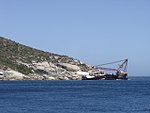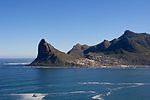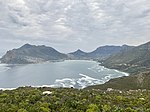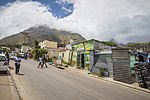SS Maori (1893)
1893 shipsMaritime incidents in 1909Merchant ships of the United KingdomShips built by Swan HunterShips of the Shaw, Savill & Albion Line ... and 4 more
Shipwrecks of the South African Atlantic coastSteamships of the United KingdomUnderwater diving sites in South AfricaWreck diving sites
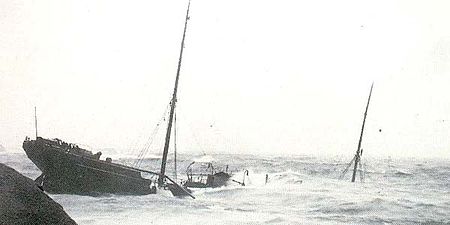
Maori was a British refrigerated cargo steamship built in 1893 by C.S. Swan & Hunter of Wallsend-on-Tyne for Shaw, Saville & Albion Co. of London with intention of transporting frozen meat and produce from Australia and New Zealand to the United Kingdom. The vessel stayed on this trade route through her entire career. In August 1909 while on one of her regular trips, she was wrecked on the coast of South Africa with the loss of thirty two of her crew.
Excerpt from the Wikipedia article SS Maori (1893) (License: CC BY-SA 3.0, Authors, Images).SS Maori (1893)
Karbonkelberg Traverse,
Geographical coordinates (GPS) Address Nearby Places Show on map
Geographical coordinates (GPS)
| Latitude | Longitude |
|---|---|
| N -34.034444444444 ° | E 18.313333333333 ° |
Address
Bos 400 wreck
Karbonkelberg Traverse
7872 , Cape Town Ward 74
Western Cape, South Africa
Open on Google Maps

